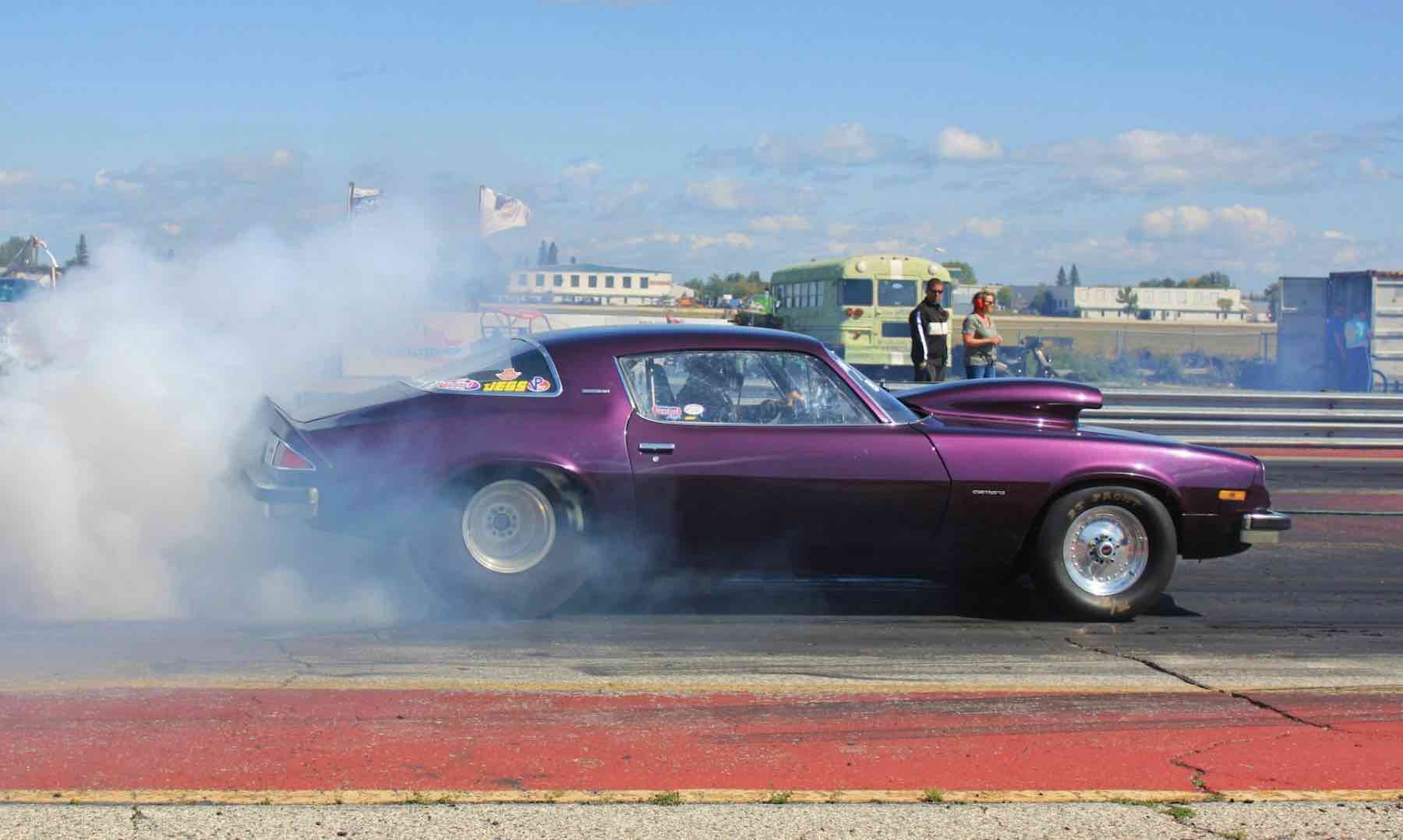When it comes to modifying or purchasing a car, one might wonder what makes a car street legal. The answer to this question is critical as it determines if your car meets the legal requirements to be driven on public roads. From safety equipment to emission standards, a variety of factors contribute to a car’s street-legal status.
Take a look into the requirements and insights into why certain modifications may render a car non-compliant.
Street-Legal Basics
Before diving into the specifics, it’s important to understand what being ‘street legal’ entails. A street-legal car is one that complies with all the laws and regulations set by a country or state for operating a vehicle on public roads. These regulations are designed to ensure the safety of all road users and to minimize environmental impact.
Registration and Licensing
The first step towards making a car street legal is to have it duly registered and licensed. This process involves providing proof of ownership, filling out necessary paperwork, and paying requisite fees. Once registered, the car is assigned a unique license plate, which must be prominently displayed at all times while driving.
Safety Equipment and Features
Safety is paramount when it comes to making a car street legal. Certain safety features are mandatory in all street-legal vehicles:
Windshield
The windshield plays a crucial role in ensuring the driver’s visibility and should be made of safety glass. Any cracks, damages or heavy tints can compromise its efficiency and are therefore deemed illegal.
Brakes
Fully functioning brakes are a non-negotiable requirement for all street-legal cars. The system should be capable of bringing the car to a stop efficiently, ensuring road safety.
Seat Belts
Seat belts are compulsory for all passengers in a car. These should be in proper working condition to offer maximum protection in the event of a collision.
Lights and Reflectors
Adequate lighting is another essential requirement. Headlights, taillights, brake lights, turn signals, and license plate lights must be in good working order and should conform to specified color standards.
Tires
Tires must be free of any significant damage, have sufficient tread depth, and should be the correct size for the vehicle.
Horn
The horn serves as a warning device and should be loud enough to alert other road users effectively.
Mechanical Features
In addition to safety features, several mechanical components must be in good condition to meet street-legal requirements:
Exhaust System
The exhaust system should be in good working order, without leaks or strange noises. It should also comply with local emission standards to minimize environmental harm.
Steering Wheel
The steering wheel should be in good condition and free from damage or cracks. It should allow accurate control over the vehicle’s direction.
Suspension
A well-functioning suspension system is crucial for maintaining control and stability while driving, thus making it a street-legal requirement.
Modifications and Legal Consequences
While car enthusiasts love to modify their vehicles, there are certain alterations that can render a car non-compliant with street-legal standards:
Tinted Windows
In many regions, it is illegal to have heavily tinted windows, as it can obstruct the driver’s visibility and make it difficult for others to see into the car.
Neon Lights
Authorities often consider neon lights, especially those under the car, illegal due to their potential to distract other drivers.
Aftermarket Exhaust
Modifying the exhaust system to make it louder can result in legal issues, as it may exceed noise level limits set by local laws.
Lowered Suspension
Lowering the car’s suspension too much can affect its performance and even pose a safety risk, making it illegal in some areas.
Understanding what makes a car street legal is crucial for any car owner. By ensuring your car complies with all necessary safety and mechanical requirements, you can drive confidently, knowing you’re abiding by the law. Always remember to check with your local DMV or police department to understand the specific street-legal requirements in your area.
FAQs What Makes a Car Street Legal?
What types of vehicles are considered street-legal in the U.S.?
Street-legal vehicles in the U.S. encompass a wide range, including passenger cars, trucks, and motorcycles. Each type must meet specific federal and state regulations to be legally operated on public roads.
What are the common requirements for automobiles to be street legal across most U.S. states?
Common requirements for street legality include having a windshield, mirrors, seat belts, and a variety of safety features like headlights, tail lights, turn signals, and brakes. Vehicles must also comply with emissions standards and have a valid registration and insurance.
How do California’s emission control standards differ from those in other states?
California’s emission control standards are known to be more stringent than those of other states, often requiring additional equipment or stricter limits on pollutants. These standards are enforced by the California Air Resources Board (CARB).
What safety equipment is generally required for a vehicle to be considered street legal?
To be street legal, a vehicle must have a steering wheel, seat belts for all passengers, functioning brakes, and a parking brake. Additionally, it must have safety features like airbags and meet crash safety standards.
Are there any specific lighting requirements for street-legal vehicles?
Yes, street-legal vehicles must have headlights, tail lights, brake lights, and turn signals. Motorcycles must have side view mirrors and a seat for a passenger, and the horn should be audible for at least 200 feet.
Can aftermarket parts be used on street-legal vehicles?
Aftermarket parts can be used on street-legal vehicles as long as the vehicle remains compliant with all applicable safety and emissions regulations. The vehicle must also be registered, insured, and display valid license plates.
What are the limitations on vehicle modifications for street legality?
Modifications that impair safety or are intended for evading law enforcement, such as smoke screens or oil slicks, are prohibited. Additionally, there may be restrictions on radar detectors or jammers, and vehicles must maintain a minimum ground clearance as specified by local laws.

